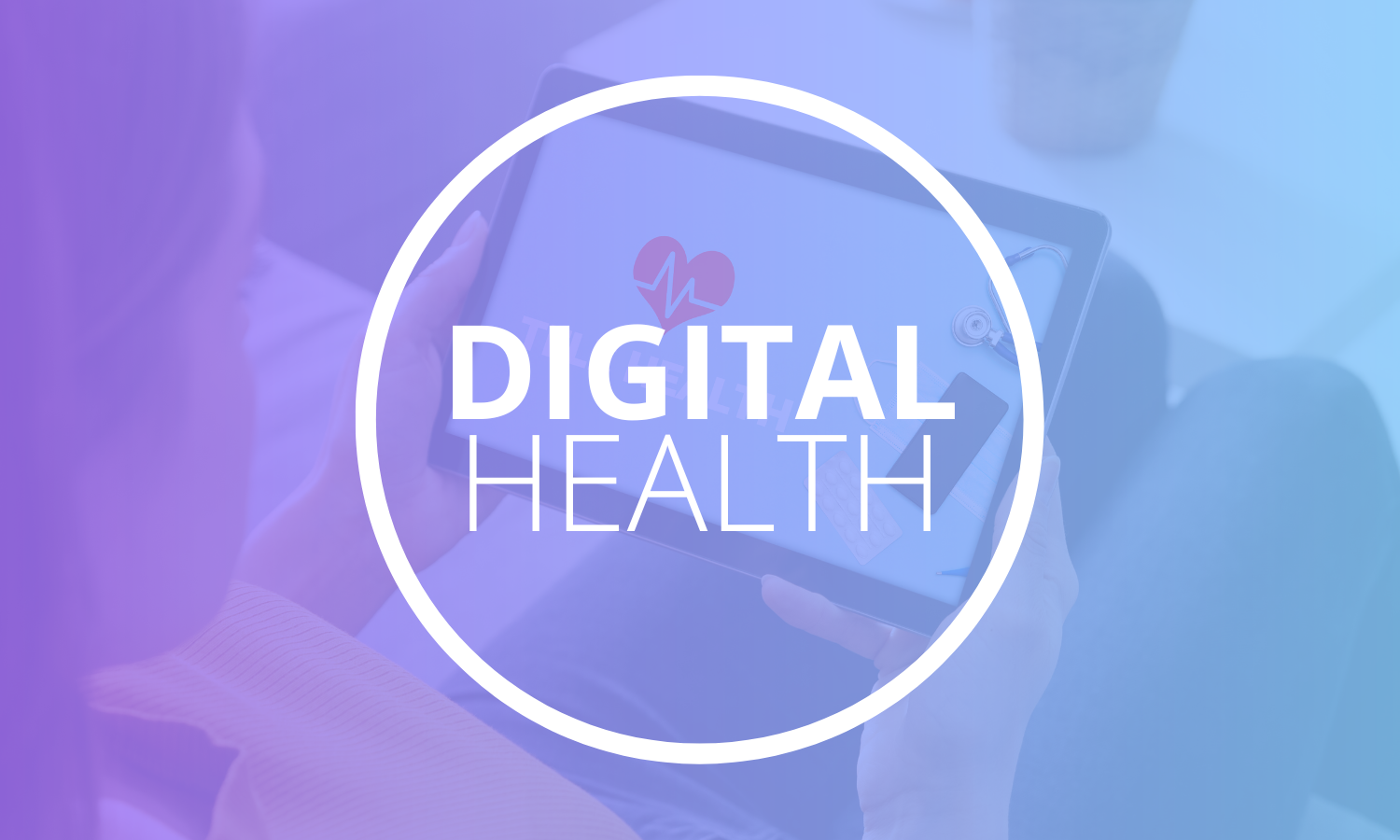
Technology has become more prevalent than ever in the pharmacy field, but there is much to consider regarding its use.
Digital health spans from the smartwatch on your wrist to the billions of data points leveraged by artificial intelligence to guide at-the-elbow patient care decisions. Existing at the crossroads of technology and medical expertise, digital health helps clinicians more efficiently manage patient care and promote wellness. By leveraging digital health tools, clinicians can gain a more holistic view of patient care and increase patients’ engagement in their well-being. The accelerated adoption of telehealth to provide consistent care since the start of the COVID-19 pandemic was a proving ground for the benefits of digital health. For additional information on this topic, check out the ASHP Statement on Telehealth Pharmacy Practice.
Digital health technologies are used to automate processes, increase efficiencies, improve quality of and access to care, and enhance patient engagement and personalization of care. Adoption of these technologies comes with challenges. Frameworks to safely and securely manage healthcare data across devices, ancillary systems, ambulatory care, and electronic health records are necessary for increased use of these tools. A challenge to adopting digital health is the need for standard languages and classifications to meaningfully convey information across systems. For advanced applications, such as machine learning and artificial intelligence, it’s critical to ensure data and modeling are unbiased and representative of the patient populations we serve. This is a particular concern as adoption of these tools becomes more pervasive. The AJHP report Executive Summary of the Meeting of the 2020 ASHP Commission on Goals: Preparing the Healthcare Workforce for a Digital Future provides a great overview and highlights how we can learn from past experiences with technology, such as the implementation of electronic health record systems.
A final area to contemplate is the creation of rules-based systems to augment prospective medication reviews by pharmacists. These systems have automated validation points where medication orders are compared against patient-specific values and clinically relevant uses of the medication to determine if a pharmacist intervention should occur. Currently, the application of this type of digital health is outside of regulations from state pharmacy boards and the Centers for Medicare & Medicaid Services. But the technology could serve as a future area for improving efficiencies in the care pharmacists provide. For an overview of digital health, visit the Food and Drug Administration Digital Health Center of Excellence.
Author: Benjamin J. Anderson, Chair, Executive Committee, ASHP Section of Pharmacy Informatics and Technology
Contributor: Amey C. Hugg, Director, Member Relations, ASHP Section of Pharmacy Informatics and Technology







